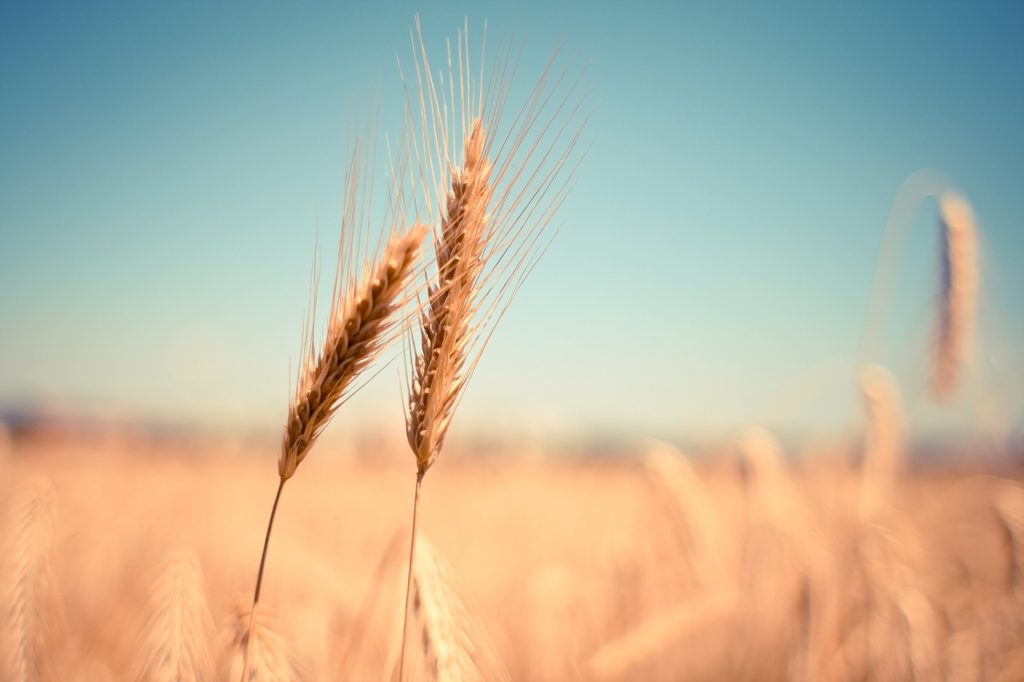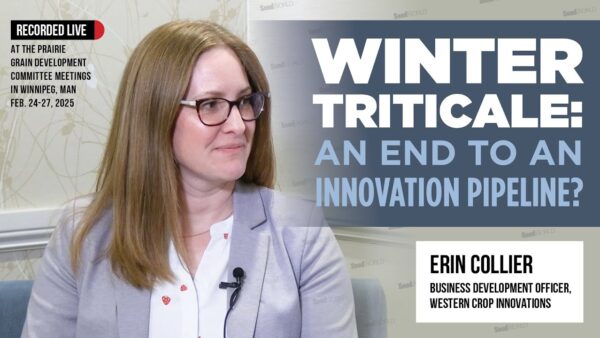The European Union’s (EU) common agricultural policy (CAP) is a common policy for all the countries of the EU. It is managed and funded at European level from the resources of the EU’s budget.
Launched in 1962, the CAP is a partnership between Europe and its farmers. It aims to support farmers and improve agricultural productivity, to ensure that EU farmers can make a reasonable living, to help tackle climate change and the sustainable management of natural resources, to maintain rural areas and landscapes across the EU, and to keep the rural economy alive promoting jobs in farming, agri-foods industries and associated sectors.
Less than three years after the effective entry into force of the CAP 2014-2020, it is already time for a change. In 2017, the EU approved the “Omnibus Regulations”, a sort of mid-term review of the European policy 2014-2020, with few innovations on the agricultural topics, but the most important event is the start of the debate on the CAP after 2020.
Agriculture plays a crucial role in the economy of Europe and provides the main source of food, income and employment to their rural populations. However, when we talk about the agricultural sector, it is a bit more complicated compared to other sectors. First of all, in most European member states, agriculture is characterized by small farms managed by family farmers, where family members provide labour input at different times of the year. Secondly, many farmers and farm workers pursue agriculture as a part-time activity and have other sources of income.
[tweetshareinline tweet=”The EU agricultural sector is more complicated than other sectors due to small farms managed by family farmers, and part-time activity” username=”EuropeanSeed”]
After a public consultation launched in 2017 on the future of the CAP and the communication on the future of food and farming, on 1 June 2018, the European Commission presented legislative proposals on the future of the CAP for the period after 2020.
The communication outlines the path ahead for the CAP, focusing on making it simpler and ensuring the best value-for-money. Tracing the priorities, the future CAP must address, the European Commission sets ground for a discussion on a more flexible approach to implementing the policy for more effective results.
The Commission proposal on the multiannual financial framework for 2021-2027 provides that a significant part of the EU budget should continue to be dedicated to agriculture, which is a common policy of strategic importance. However, in 2014-2021, the CAP budget was 37.6% (EU 28); in the new proposal 2021-2027 the budget will be 28.5% (EU-27). After Brexit, there will be a gap of €12 billion, with a result of 5% cuts of the CAP compared to the old program.
[tweetshareinline tweet=”After Brexit, there will be a gap of €12 billion, with a result of 5% cuts of the CAP compared to the old program.” username=”EuropeanSeed”]
Thus, in current prices, it is proposed that the CAP should focus on its core activities with €286.2 billion allocated to the European Agricultural Guarantee Fund(EAGF) and €78.8 billion for the European Agricultural Fund for Rural Development(EAFRD). These agricultural funds are complemented by additional funding from Horizon Europe, as the proposed envelope for this program includes €10 billion to support research and innovation in food, agriculture, rural development and the bio economy.
In regard to the distribution of the direct payments among member states, it is proposed that all member states with direct payments below 90% of the EU average will see a continuation of the process started in the period of 2014-2020 and will close 50% of the existing gap to 90%.
All member states will contribute to financing this external convergence of direct payment levels. The member states’ allocations for direct payments in the CAP Strategic Plan regulation are calculated on this basis. Furthermore, a certain level of flexibility for transfers between allocations will be offered to the member states. Up to 15% of respective direct payments can be transferred to EAFRD allocation and vice versa.
For rural development, it is proposed to rebalance the financing between the EU and member states’ budgets. In line with what is foreseen for the European Structural and Investment Funds, an increase in national co-financing rates will allow keeping public support to European rural areas largely unchanged. But the main novelty of the new CAP after 2020 concerns the “new delivery model”, where the Union sets the basic policy parameters (objectives of the CAP, broad types of intervention, basic requirements), while member states bear greater responsibility and are more accountable as to how they meet the objectives and achieve agreed targets.
A shift towards a more performance-oriented policy requires the establishment of a solid performance framework that will allow to assess and monitor the performance of the policy. The current Common Monitoring and Evaluation Framework (CMEF) and the current monitoring system of Direct Payments and Rural Development would be used as a basis for monitoring and assessing policy performance, but they will have to be streamlined and further developed (including consistency between the two pillars). Further investment into developing appropriate indicators and ensuring sufficient data streams would be needed.
A new Performance Monitoring and Evaluation Framework (PMEF) will cover all instruments of the future CAP: the CAP Strategic Plans as well as those elements of the CAP not covered by the CAP Strategic Plans (some parts of the Common Markets Organisation, specific schemes). Performance would be measured in relation to the Specific Objectives of the policy by using a set of common indicators. In any case, the instruments of the Common Market Organisation are unchanged.
Another change concerns the definition of an “active” farmer. Todays “genuine farmers” shall be defined in a way to ensure that no support is granted to those whose agricultural activity forms only an insignificant part of their overall economic activities or whose principal business activity is not agricultural, while not precluding from support plural-active farmers. The definition allows for determination of which farmers are not considered genuine farmers, based on conditions such as income tests, labour inputs on the farm, company object and/or inclusion in registers.
The Paris Agreement sets out a global plan to put the world on track to avoid dangerous climate change by keeping global warming well below 2 °C above pre-industrial levels. To achieve this, the EU and the countries are required to submit comprehensive national climate action plans. The EU was the first major economy to table its commitment − a domestic emissions reduction target of at least 40 % by 2030. To date, 190 countries – accounting for 97% of global emissions – have presented their plans. Of course, in this scenario, the agricultural sector plays a strategic role. The new CAP post 2020 should ensure that member states increase the environmental delivery by respecting local needs and farmers actual circumstances. Under direct payments in the CAP Strategic Plan, member states should set up voluntary Eco-schemes for farmers, which should be fully coordinated with the other relevant interventions. The aim is to enhance the environmental and climate performance of the CAP and should consequently be conceived to go beyond the mandatory requirements already prescribed by the system of conditionality. Member states may decide to set up eco-schemes for agricultural practices such as the enhanced management of permanent pastures and landscape features, and organic farming.
For the process of improving the quality of life and economic well-being of people living in rural areas, often relatively isolated and sparsely populated areas, the new CAP after 2020 offers types of interventions shall be the following:
(a) environmental, climate and other management commitments;
(b) natural or other area-specific constraints;
(c) Area-specific disadvantages resulting from certain mandatory requirements;
(d) investments;
(e) installation of young farmers and rural business start-up;
(f) risk management tools;
(g) cooperation;
(h) knowledge exchange and information.
[tweetshareinline tweet=”In the CAP post 2020 proposals, Europe is losing its central role and is delegating these important choices to the member states.” username=”EuropeanSeed”]
Since the Treaty of Rome, the Common Agricultural Policy has played a strategic role in the process of European integration. The CAP was the first true common policy. During the various Reforms (MacSharry, Agenda 2000, Fishler, Health Check, 2007-2013, 2014-2020), Europe has always played a key role in managing these processes. What emerges from this new structure of the CAP is that the member states will have more discretion and freedom of choice. Europe is losing its central role and is delegating these important choices to the member states. This change is resulting in less of the “common mission” of the CAP and it also creating strong internal competition within the EU. All these risks are weakening the European vision which is already put at risk by other phenomena such as migration and populism. Let’s see what happens when the European Parliament committees start working on the proposal for the trialogues. Perhaps, it would be advisable to rethink the name CAP, eliminating the adjective “common”. This proposal right now has very little in “common”.
[tweetshareinline tweet=”The new CAP is weakening the European vision which is already put at risk by other phenomena such as migration and populism.” username=”EuropeanSeed”]
###
Bibliography
REGULATION OF THE EUROPEAN PARLIAMENT AND OF THE COUNCIL: establishing rules on support for strategic plans to be drawn up by Member States under the Common agricultural policy (CAP Strategic Plans) and financed by the European Agricultural Guarantee Fund (EAGF) and by the European Agricultural Fund for Rural Development (EAFRD) and repealing Regulation (EU) No 1305/2013 of the European Parliament and of the Council and Regulation (EU) No 1307/2013 of the European Parliament and of the Council.
https://ec.europa.eu/agriculture/index_en
Editor’s Note: Dario Siggia has a Ph.D. in Agricultural Economics and Policy and is working as Accredited Parliamentary Assistant at the European Parliament. He is author of several papers published in International Journals and has been a speaker at international conferences (Italy, Spain, Portugal, Sweden, Switzerland, Greece and Poland).












